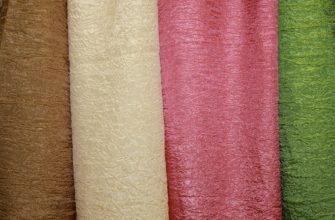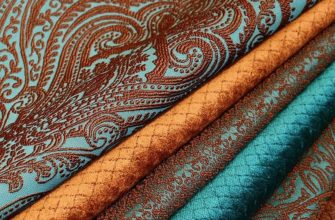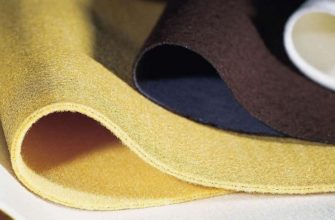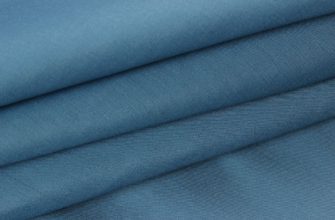In recent years, the variety of fabrics has been impressive. For each area of application, there is a material that is ideal for it. One of these modern options is diving fabric. It is distinguished by its special softness, density and elasticity. In short, it is one of the types of knitwear.
Story
Knitwear as a fabric was first produced in the late 19th century. Initially, it was made exclusively from artificial materials, but it quickly gained popularity. At that time, a large number of companies picked up this invention and began to implement them in their industries.
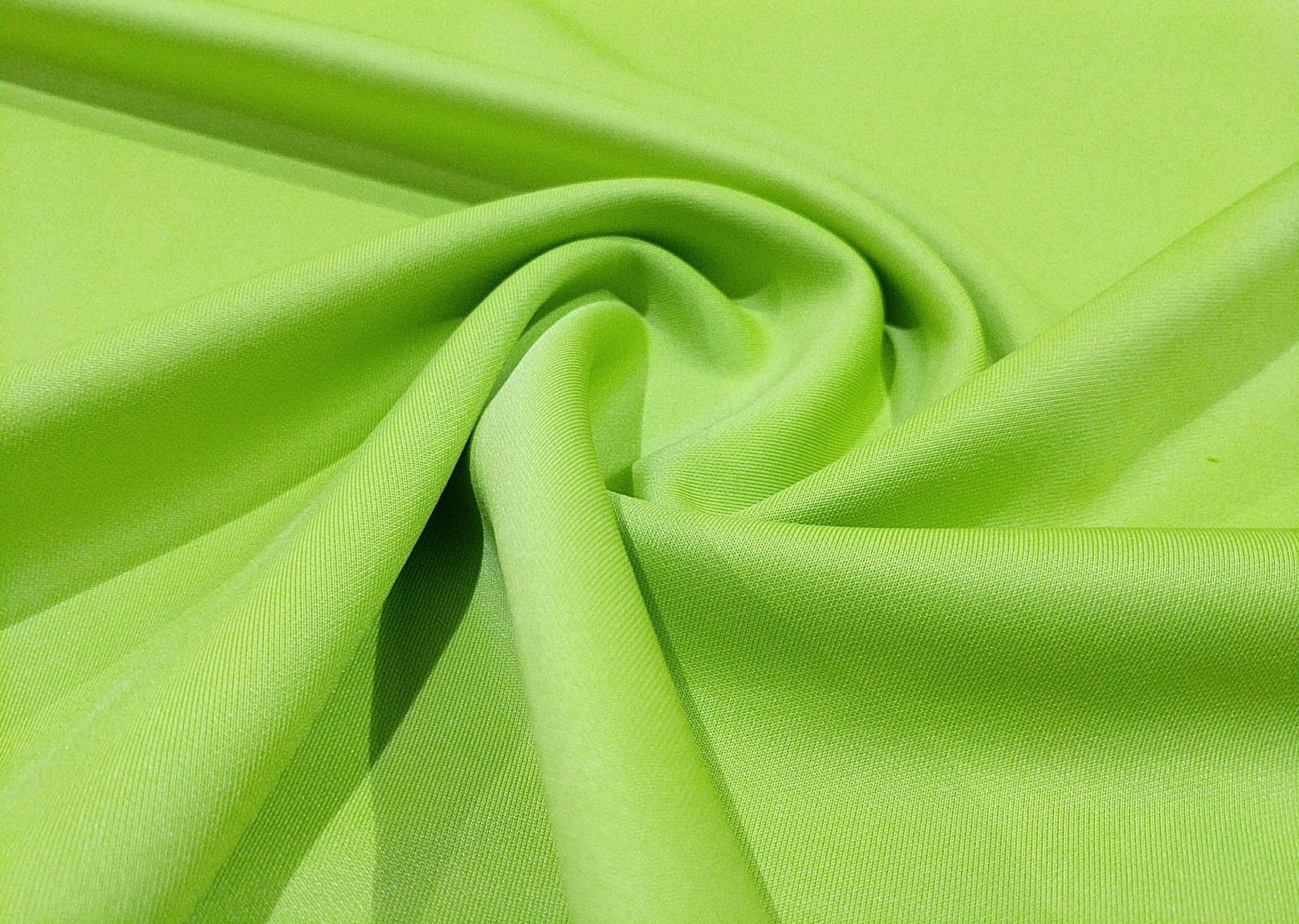
Already at the beginning of the 20th century, after a number of developments, artificial silk and viscose appeared. By the end of the century, the GIPROIV institute had established the production of polyurethane threads. At the time of rapid development, synthetic threads were tried as an experiment in machine knitting. This is how a fabric with unique properties appeared - diving.
Initially, the new fabric was called "sports knitwear" because it found ideal application in the production of sports suits and clothing for active recreation. Now this fabric is used in sewing casual clothes, elegant dresses, and in many other areas.
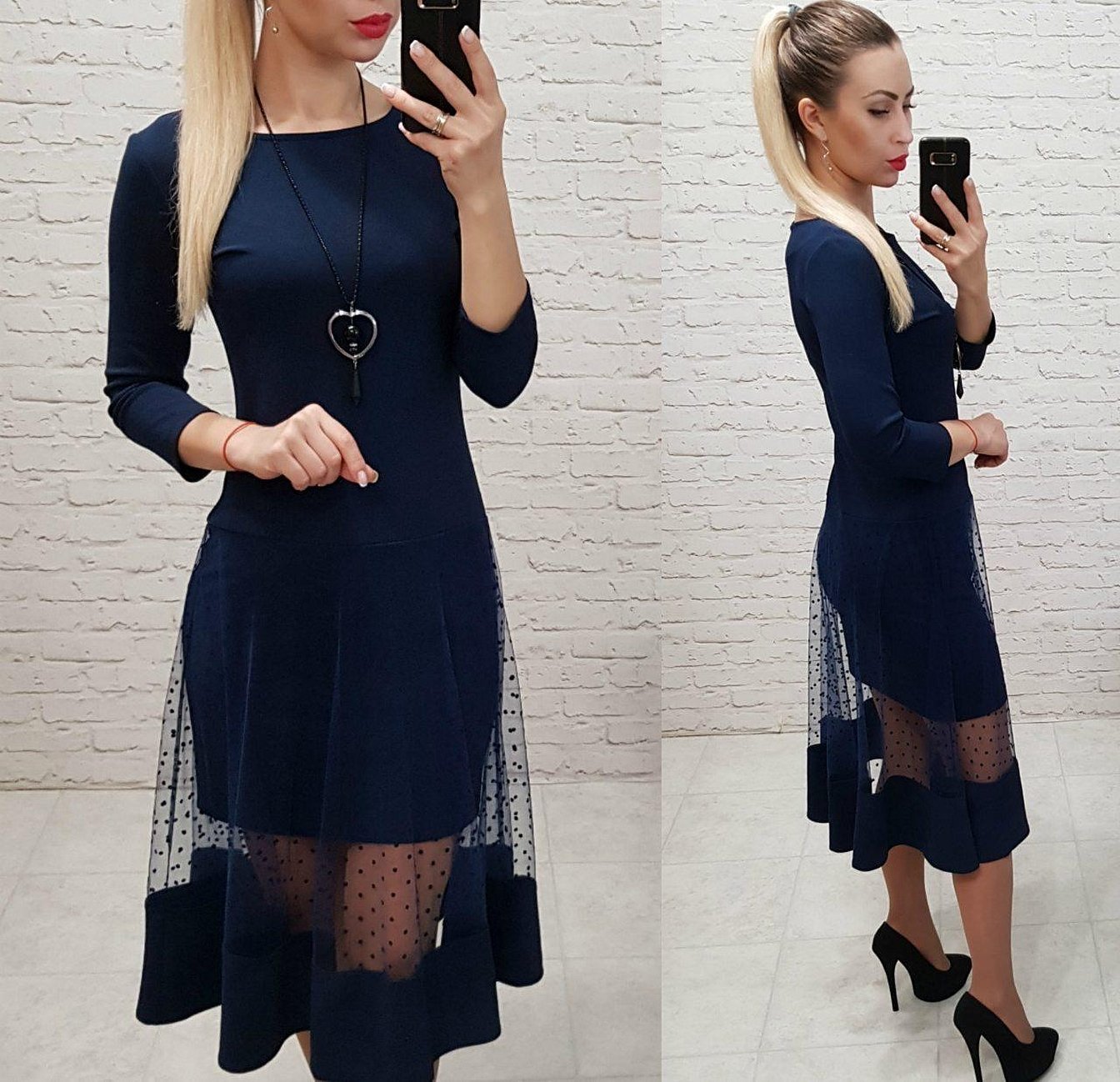
Manufacturing Features
Diving fabric has its own production features - it consists of three types of raw materials.
- Viscose. This fiber is the most abundant in the fabric in percentage terms - at least 65%. This is explained by the fact that viscose, as a material, is very close to natural ones, and accordingly, it lets air through well and allows the skin to breathe. In addition, thanks to the fiber, the fabric has its own special shine similar to satin or silk, or a matte shine. Viscose itself is made from cellulose.
- Polyester. It is about half as much as viscose - about 30%. Polyester is a synthetic material that gives diving strength and wear resistance.
- Lycra (elastane, spandex). It is a very small part of the fabric - less than 5%. Lycra fibers make the fabric elastic and stretchable.
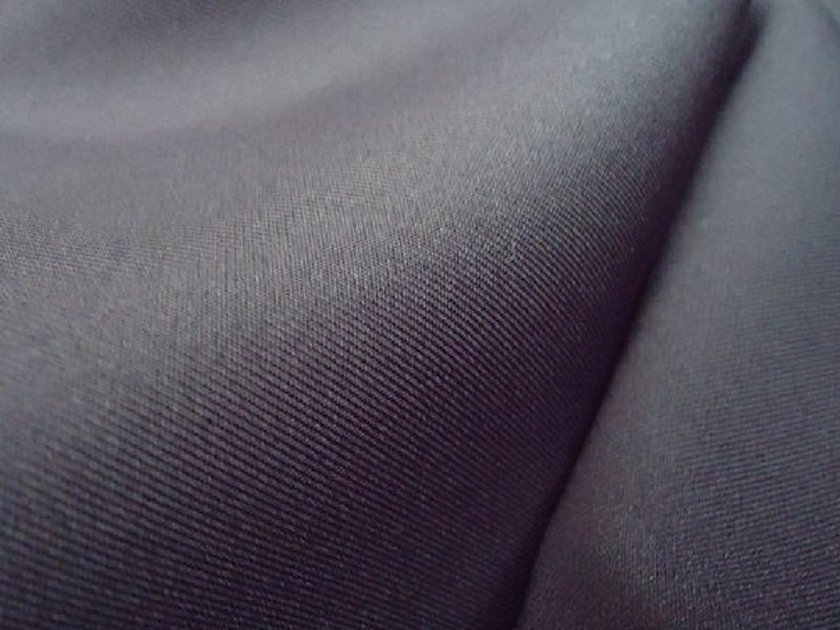
In addition to the above-mentioned fibers, cotton is sometimes added to diving (it makes up no more than 10%). This is necessary so that the material can better pass air and the body is comfortable. This is relevant, for example, for summer clothing.
The fabric is produced by knitting the fibers. Depending on this indicator and the percentage ratio of different types of threads, the resulting fabric may have a higher or lower density.
The production of diving crepe (one of the varieties of diving fabric) is slightly different. Crepe thread is woven into it. Because of this, the fabric has a slightly rough texture. Crepe is made from very twisted threads, which are clearly visible up close. This gives the material a special density with minimal thickness.
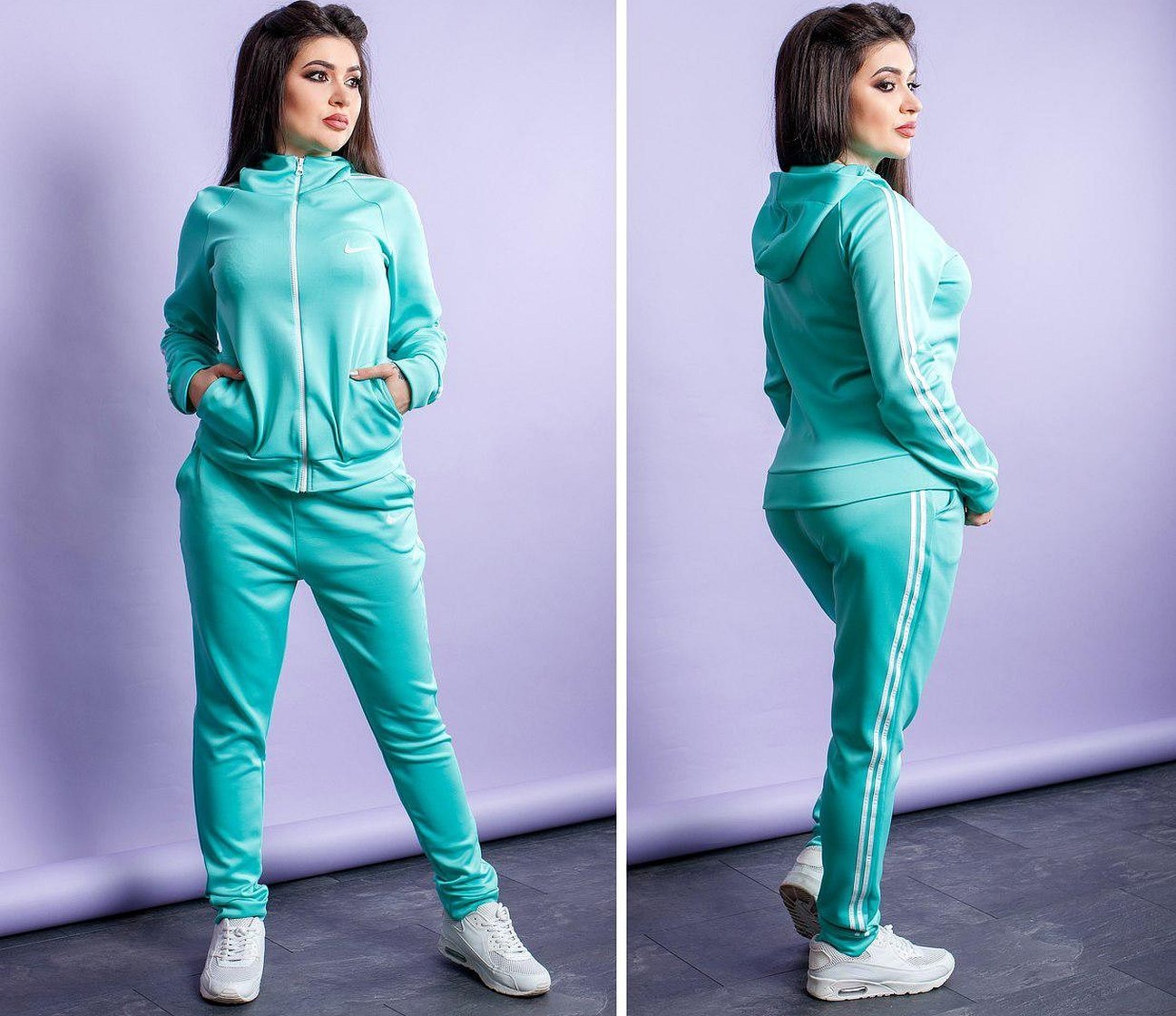
Material properties
It is not without reason that diving fabric is considered unique. It has a large number of interesting properties:
- elasticity;
- perfect smoothness;
- good fit;
- wear resistance;
- wrinkle resistance;
- creating a tightening effect;
- breathability;
- hypoallergenic.
Due to all these properties, diving becomes a quality material for many types of clothing.
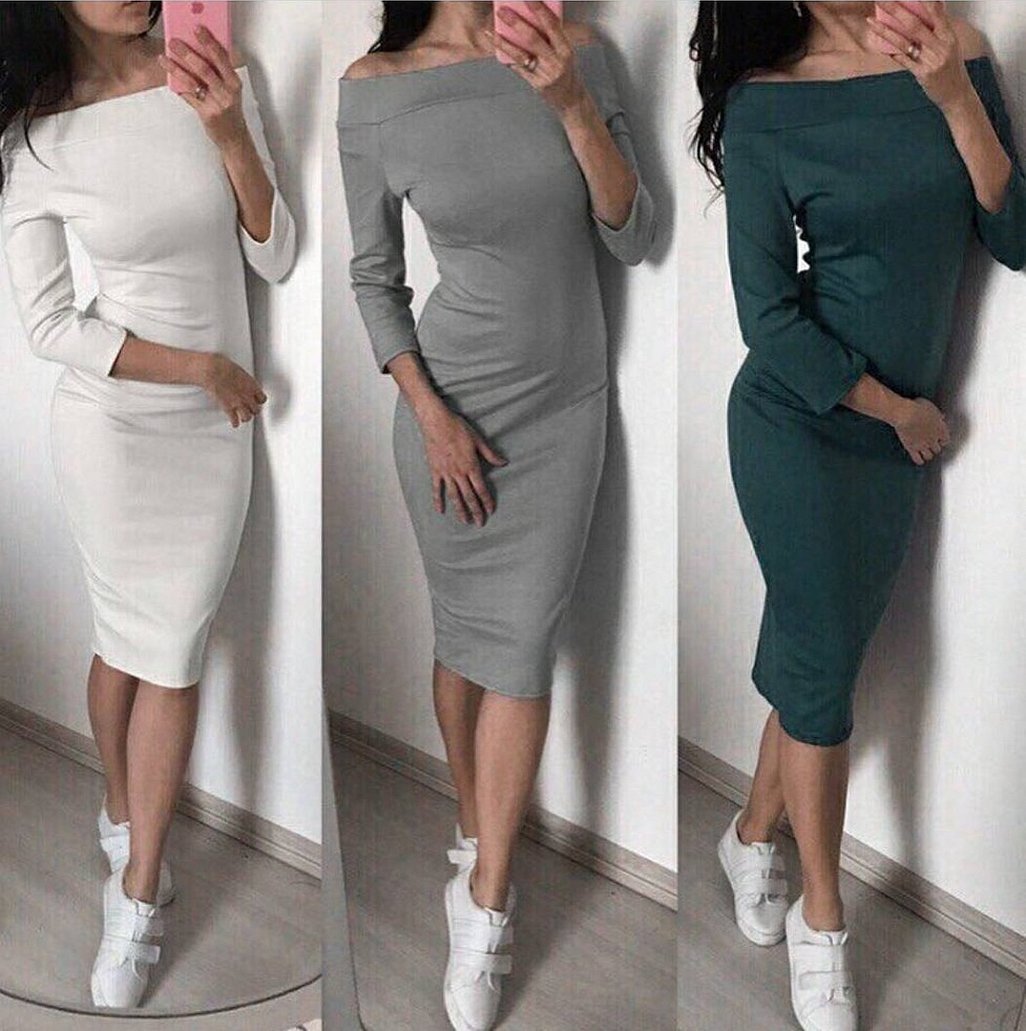
Types of matter
Diving is divided into several types. Each of them has its own characteristics and properties. All types of diving are suitable for a certain type of products.
- Microdiving. Particularly thin and light material with low density. It is suitable for summer clothes and dressy suits.
- Crepe diving. Very similar to microdiving. Smooth material, which has a production feature - interweaving of twisted crepe threads. Most often used for sewing suits, dresses, leggings.
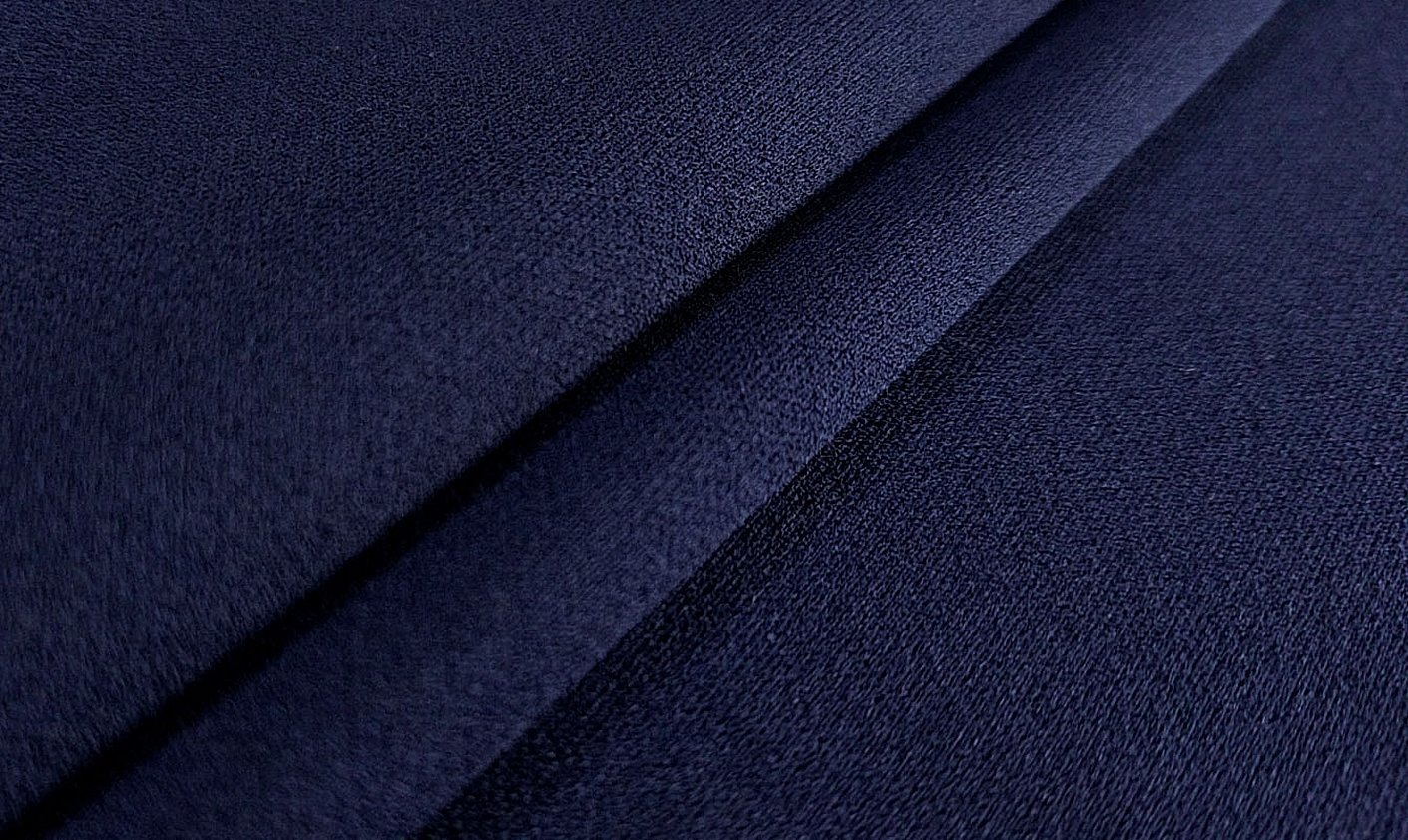
- Diving. A particularly strong material that tightens the figure and highlights its features well. Accordingly, it is used for leggings, tights, and shapewear.
- Diving on fleece. It has a dense structure and shagginess on the inside. Especially relevant for winter active recreation.
- Diving flock. Low density fabric with printed pattern.

What is the material made of?
Diving has a very wide range of applications. The most popular types are microdiving and diving. These fabrics are good for their versatility. In addition to everyday wear, they are used to sew a large number of accessories (for example, gloves, corrective underwear or tights).
Diving is especially popular as a material for underwater diving. It does not rub anywhere and sits like a second skin.
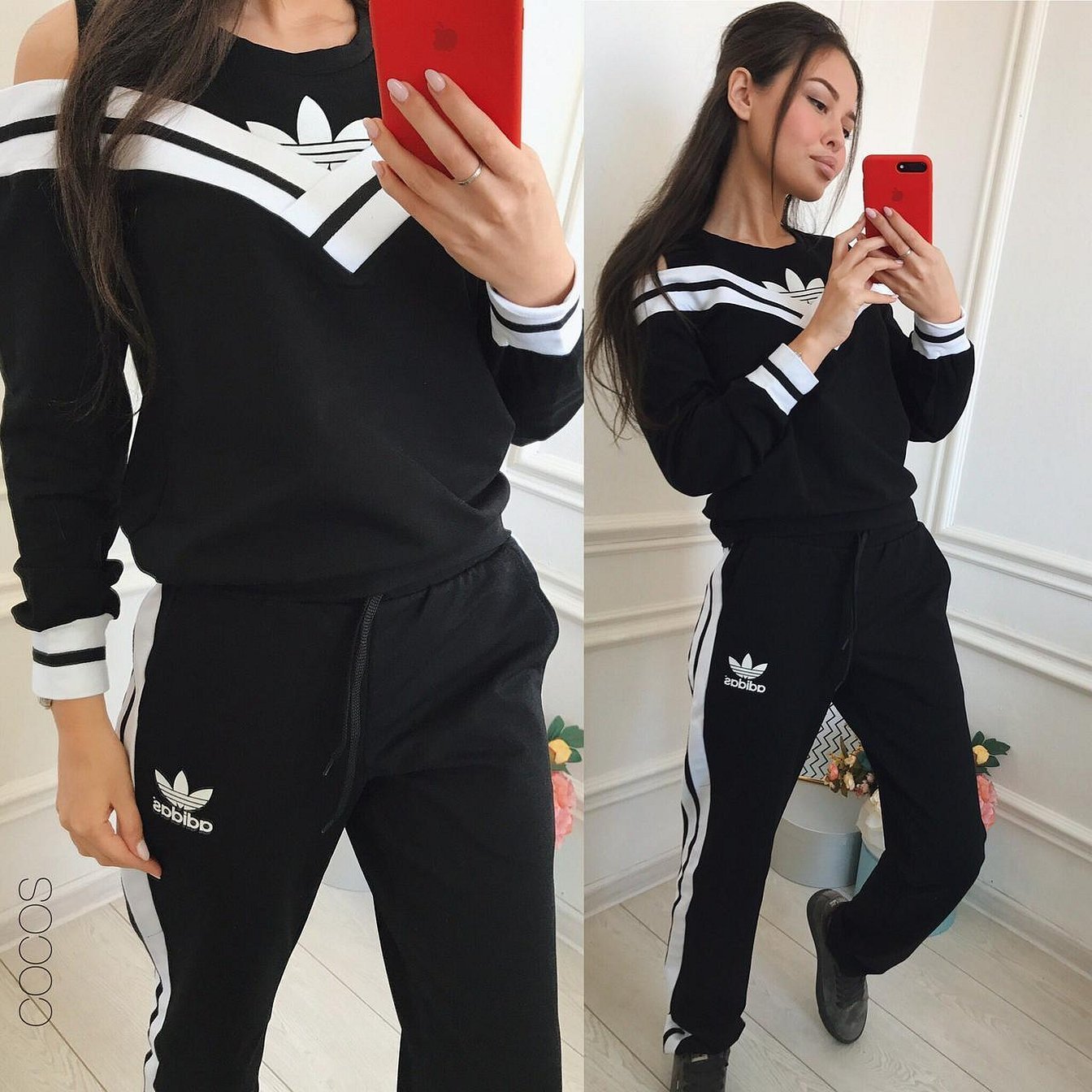
Due to its properties, the fabric is ideal for plump people, so it is often used to make plus size clothes. Diving can tighten the figure and make it more attractive.
In general, the material is ideal for bodysuits, skirts, shorts, dresses, suits and even evening wear. Of course, it remains the main fabric for its intended purpose - sportswear.
In terms of quality, the best products are those made from Turkish or Italian material, although Chinese and Korean materials are much more common on the market.
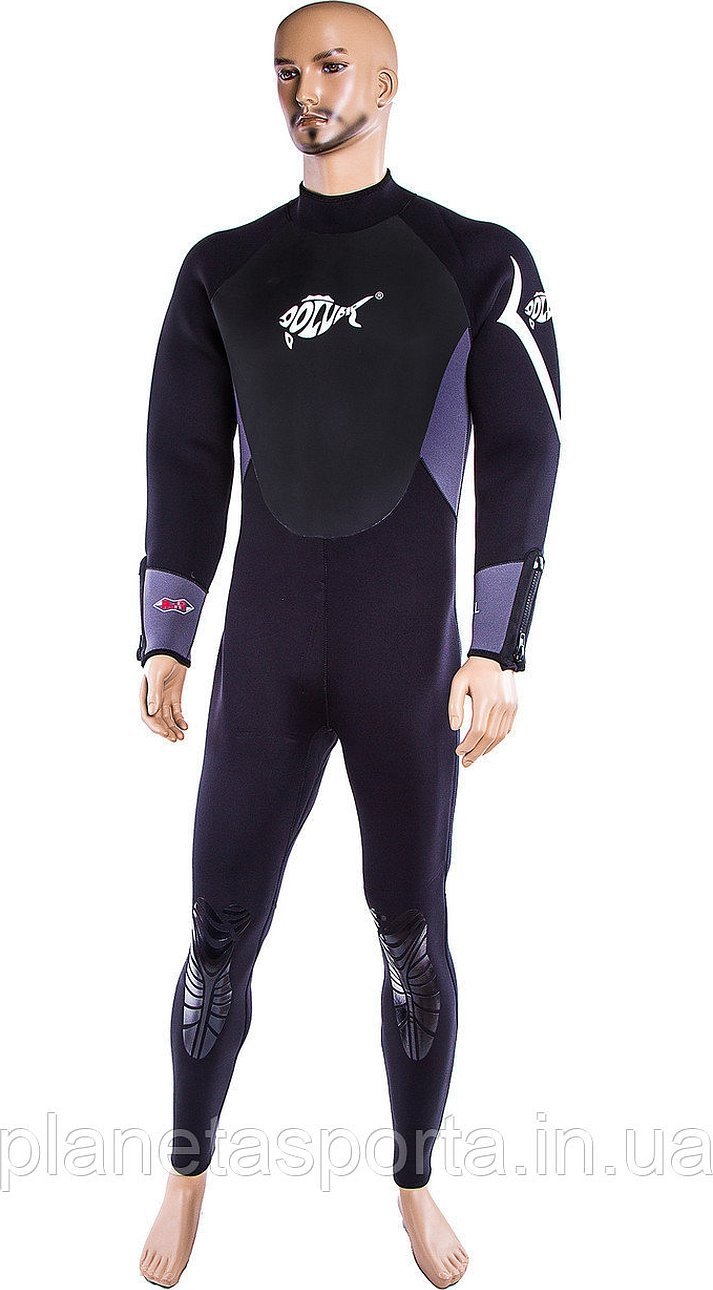
Fabric care
From the description of the diving fabric it is quite clear that it is truly universal, and therefore extremely easy to care for. Recommendations:
- wash in cool water (no more than 30 degrees), preferably by hand. If washing in the machine, use a delicate cycle.
- diving products should never be bleached;
- do not overuse the wringing, the material itself dries quickly;
- do not iron, diving products do not wrinkle;
- Avoid prolonged exposure to direct sunlight.
If you follow all these points, the products will last an incredibly long time.

Advantages and disadvantages
Like any other material, diving has its pros and cons.
Strengths of the fabric:
- slimming effect (relevant both for emphasizing advantages and hiding disadvantages);
- elasticity, which allows you to feel free during sports activities;
- due to the structure, no pilling or abrasions occur;
- has durable colors;
- absolutely does not wrinkle;
- does not rub the skin, no matter how tightly it fits;
- when damaged, it does not diverge like an arrow;
- easy to care for;
- environmental friendliness;
- maximum strength.

Weaknesses:
- despite the fact that the material is breathable, it is still made of synthetic materials, so such products are not recommended to be worn very often;
- may not be suitable for people with an allergic reaction to synthetics;
- may become deformed when exposed to high temperatures.

Reviews

Taisiya
"The fabric has appeared on the market quite recently, so it really interested me. I especially liked that this modern material has a tightening effect, which makes the figure look very feminine. I couldn't pass it by. I get only pleasure from the look of diving clothes. I am especially captivated by the fact that the products do not lose their shape and do not wrinkle at all. At the same time, the material is perfectly soft and smooth, it really fits like a second skin. I am not sure that it will look good on very large shapes."
Valeria
"I read a lot of information about this fabric and decided to give my boyfriend a diving sweatshirt for the New Year. What can I say... the material feels very unusual. The product is very soft, a real tactile satisfaction. The sweater stretches well, but at first glance it should not stretch. The sweater has a very bright print, so I assume that this fabric is good for placing eye-catching pictures. I bought myself a top made of the same fabric for working out in the gym - I am also incredibly happy."
Juliana
"I used to think that diving was a fabric exclusively for leggings and other sportswear. But then I ordered a dress for myself and it turned out to be made of the same fabric. I never thought that diving was such a versatile fabric. I liked it so much that I now have a huge number of clothes made of this material in my closet. Now I am very keen on buying a diving tracksuit - I am choosing. I can point out the advantages - it fits beautifully, does not wrinkle, the fabric is easy to care for. The disadvantages are that my body does not breathe, i.e. it is generally comfortable, but not in hot weather and not for long."
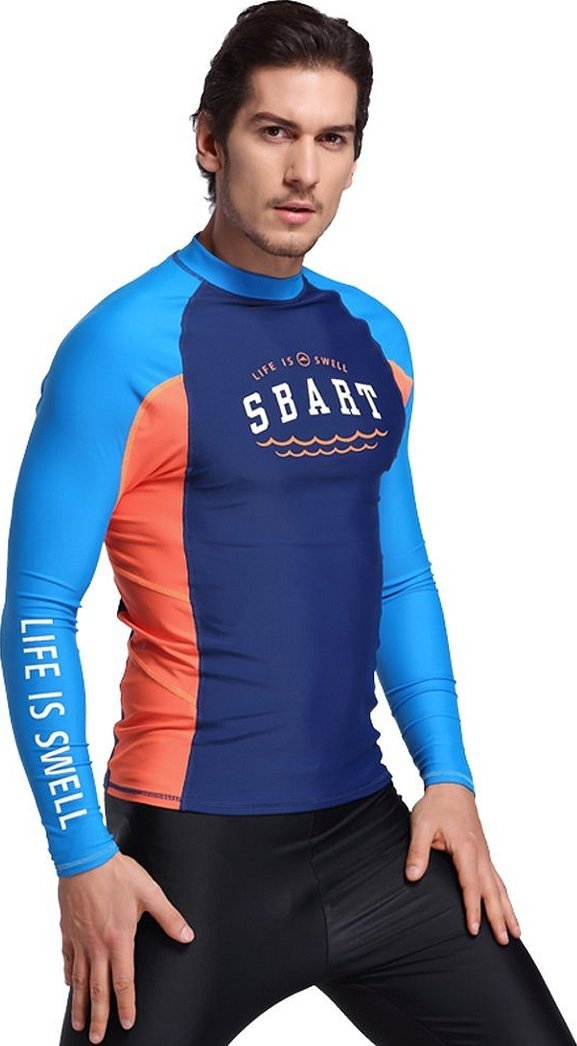
Due to the different fibers in the composition, the material has the advantages of viscose, polyester and lycra. The properties of the material allow it to be used to make both professional sportswear and affordable everyday clothing.

